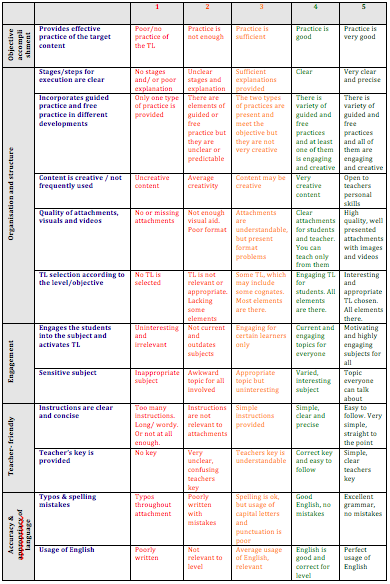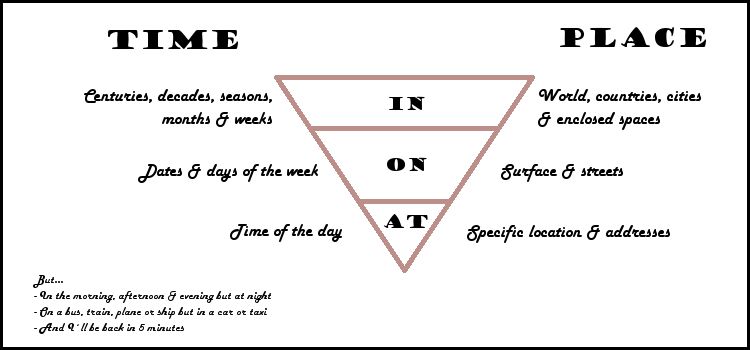01 December 2015 / by James Ekins
Learning Styles and the Different Approaches to Them
We are all different; it is a part of the human condition. One obvious but often unspoken difference between us is the different learning styles that we can use. But how can these differences affect learning? Or teaching?
In the early 90’s, Neil Fleming proposed one of the currently more prominent models relating to the ways that different people can learn or interact; the VAK model of learning. This comprises 3 modalities of learning – visual, auditory, and kinaesthetic.
Visual learners are able to take in knowledge and experience through their vision, through seeing information laid out in front of them. Auditory learners prefer to listen to the given material, while kinaesthetic learners favour learning through interaction, or movement. How can this affect the way that you should prepare a class?
For visual learners, the most effective ways to learn are through using visual aids; pictures, diagrams, hand-out material, etc. Auditory learners would benefit most from phonic material; lectures, audiotapes, listening exercises, etc. For kinaesthetic learners, the most viable method is through the use of physical experience, so these learners relish activities that involve moving around, touching/actively doing something. Of course, to prepare a class that can host such a wide range of different styles and types of material is no walk in the park, so is it recommended to do so?
It is important to note that although these 3 different models of learning are distinct, they are not mutually exclusive – the majority of people would likely class themselves as a visual learner. Statistically, 90% of the sensory information that we take in is visual, so this makes sense. However, it is most often the case that people are generally fluid in this respect, and can learn effectively from any model, even more than one at the same time.
At Oxbridge, we endeavour to keep a methodology that is accommodating as possible for all three of the styles of learning. For visual learners, we have pictures to describe and texts to read and examine. For auditory learners, we have an open discussion so that the students can practise both listening and speaking, and now through the use of videos we are able to test the students’ listening abilities with a much more ‘natural’ sounding English, in the context of a more natural and relaxed conversational register than a teacher can often exhibit. For kinaesthetic learners, we can provide activities that involve some sort of motion or action; matching Target Language to its definition with physical material, miming, and problem solving. In this way, we hope to actively engage as many students as possible by providing something for each different learning style, and combining these elements into a full class that can be translated into the different existing models. It is always a good idea to have as much variation in a class as possible, not only to ensure that your students can learn in the way that works best for them, but also to keep them engaged so that they will want to do so!




